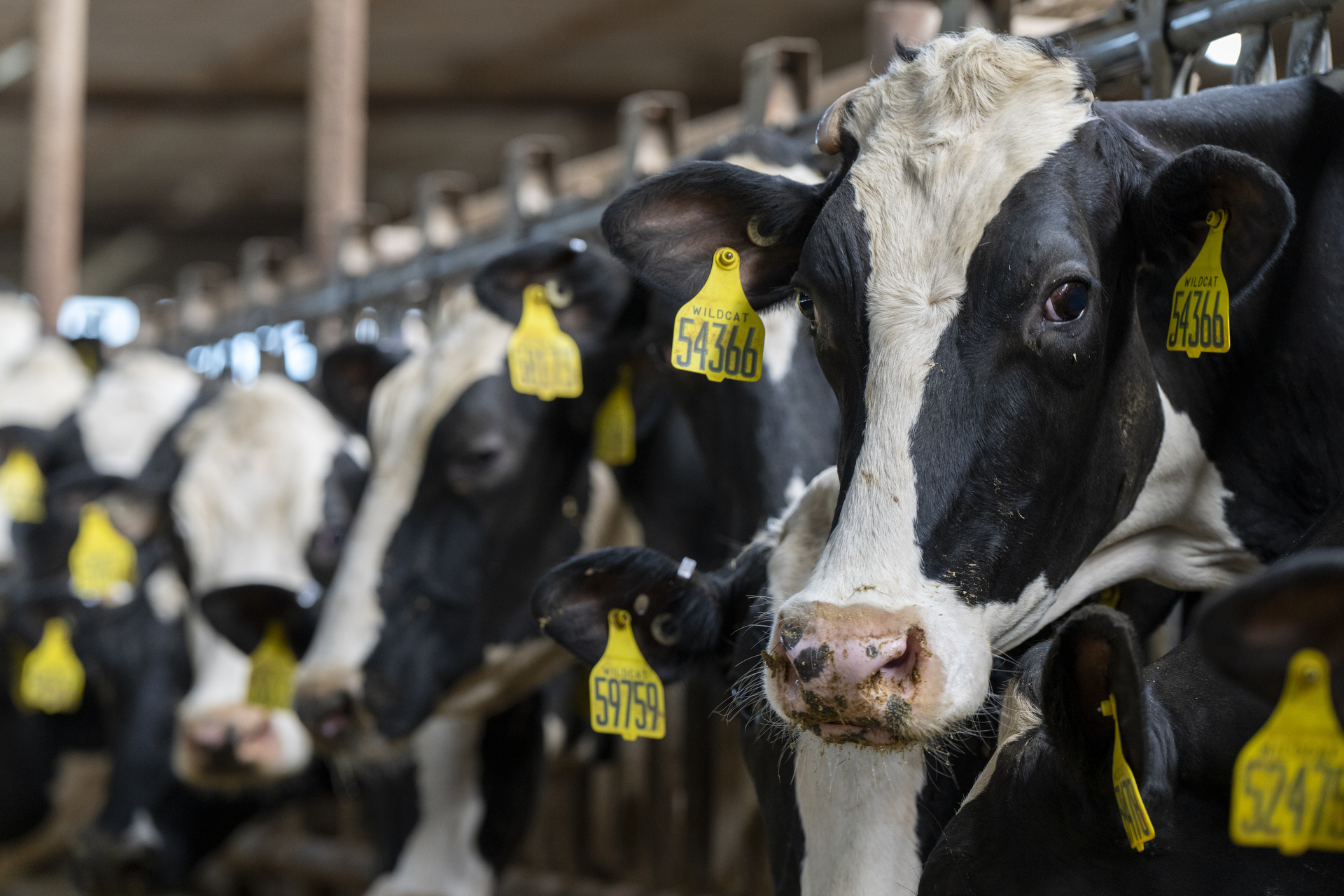New AgriLife Extension specialist tackles water issues in the nation’s cotton patch
Lege plans to ramp up cotton evaluation trials from the High Plains to Central Texas
Ken Lege, Ph.D., hit the ground running as the new Texas A&M AgriLife Extension Service cotton specialist at Lubbock. On his first and second day on the job, he spoke at producer meetings before he even had the keys to his office. He’s since booked 10 more meetings with cotton producers and industry insiders.

Lege said meeting with producers and understanding their needs and those of the cotton industry of the High Plains is his primary job. He has a joint appointment with AgriLife Extension and Texas A&M AgriLife Research at the Texas A&M AgriLife Research and Extension Center at Lubbock. He also is an assistant professor in the Texas A&M College of Agriculture and Life Sciences Department of Soil and Crop Sciences.
New cotton specialist, familiar face
When Lege started Jan. 15, his face was familiar to many cotton producers in the region.
He began working in the Lubbock area in 2013, so he is familiar with the regional challenges producers face. Lege spent eight years with Corteva Agriculture as a cotton development specialist and agronomy manager and previously with Americot Inc. and Monsanto in their cotton programs.
Lege earned both his master’s in plant breeding and his doctorate in agronomy from Texas A&M University. He earned his bachelor’s in agronomy and crop science from Sam Houston State University.
Originally from Winnie, where there is no cotton, Lege said he went to college wanting to be a high school agriculture teacher like his brother. But, in his second year, he took crop science and botany and had excellent teachers who made a difference. His advisor was finishing his doctorate at Texas A&M, and he helped get Lege connected with a graduate assistantship.
“I didn’t know anything about cotton, but I accepted the graduate assistantship with Dr. Wayne Smith and became a part of the cotton world,” Lege said. “I fell in love with cotton and everything about it. Here we are 36 years later.”
Building a program in the nation’s cotton patch
Lege’s background gives him a broad perspective on the opportunities and challenges producers in the High Plains face from season to season. Water availability continues to be a challenge for growers in the region. So, Lege is building his program around research related to water-use efficiency, row spacing, seeding rates and variety evaluations.
“Certainly, in West Texas, the No. 1 concern is water; the Ogallala is declining,” Lege said. “Whether it be cotton varieties, nematodes or disease – everything relates back to water. We must prepare our dryland and irrigated growers to be as efficient as possible and grow more with less water.”
Lege also plans to increase the AgriLife Extension Replicated Agronomic Cotton Evaluation, RACE, trials across the High Plains. These trials provide growers with unbiased comparisons of varieties from large-plot, on-farm trials that closely approximate commercial production.
Plans are underway to expand the program to include 15 locations across the South Plains and into Central Texas by working jointly with Jourdan Bell, Ph.D., AgriLife Extension agronomist, Amarillo, and Regan Noland, Ph.D., AgriLife Extension agronomist, San Angelo.
Growers manage and harvest each RACE trial. Weather stations and AgriLife Extension agents will help collect in-season trial data.
“We have a wide range of water availability and a range of soil types across the region,” Lege said. “The goal is to provide growers and agents with the information needed to plant the right variety in the right location, depending on their soil and water availability.”
No shortage of challenges
Lege said he knows there are other topics producers will prioritize. Weed control has always been a challenge for cotton growers in Texas, but even more so now that they are losing control options.
Verticillium wilt is another concern for cotton growers from the Panhandle to South Texas, he said. Root knot nematode and reniform nematode also threaten water use and nutrient uptake efficiency. Root knot nematodes have been a recognized problem longer and can be battled with resistant varieties and some chemicals. However, reniform is a newer pest, isolated more in the Lubbock and Lynn counties down to San Angelo. It is virulent, but growers can battle it with newer varieties.
There’s no lack of challenges to work on, Lege said. As he attends regional meetings, he asks producers about their top concerns and priorities to better help him build a robust program that serves growers’ interests.
“Producers are the backbone of everything we do,” Lege said. “I always like to put myself in their shoes and then come up with solutions.”





